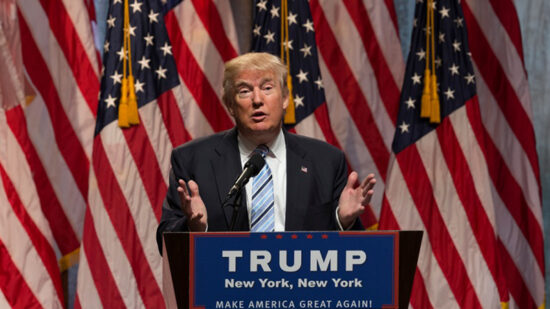India is expanding rapidly. In fact, according to S&P Global, the country’s growth will rise from 6.4% in 2023 to 7.0% in 2026 as its evolution into the next global manufacturing hub continues. This is expected to see it become the world’s third-largest economy by 2030 from the fifth-largest today.
Strong rates of economic growth can boost corporate profits and increase investor confidence. Likewise, an expanding economy often attracts foreign investment, further fuelling equity markets. This backdrop bodes well for the country heading into 2024 and beyond but here are five areas, in particular, we’ll be keeping our eye on.
Elections: Stability amid volatility
The 2024 Indian general elections are a pivotal event, with the Bharatiya Janata Party (BJP) led by Narendra Modi likely to retain power. The BJP led in the recent state elections of December 2023, further demonstrating the party’s popularity and likelihood of winning in general elections.
Such political continuity suggests sustained reforms and economic policies. The past decade under BJP’s governance has seen significant deleveraging and reforms. Despite likely heightened market volatility around the election period, we believe the long-term outlook remains positive, with a strong foundation set for continued growth and stability post-election.
Oil and energy prices: Navigating external shocks
India’s economic landscape continues to be influenced by global energy dynamics, especially in the aftermath of conflicts such as the Russia-Ukraine war and tensions in the Israel-Palestine region. As one of India’s largest imports, oil prices pose a significant risk.
However, the country’s robust foreign exchange reserves and potential financial inflows from its inclusion in the JP Morgan bond index could mitigate Current Account Deficit (CAD) pressures. This dynamic demands careful monitoring, as it directly impacts India’s macroeconomic stability.
PLI scheme and manufacturing: A new era
India’s manufacturing sector is poised for a transformative leap, with the production linked incentive (PLI) scheme attracting global giants such as Apple and Samsung. The potential entry of Tesla, driven by attractive domestic manufacturing incentives and access to India’s vast consumer market, marks a significant milestone. This shift not only diversifies India’s manufacturing base but also reduces tariff burdens, making it an attractive destination for international companies seeking to decentralise their manufacturing bases.
The AI challenge: Reshaping the IT landscape
The rapid advancement of artificial intelligence (AI) presents a formidable challenge to India’s traditional IT outsourcing model. The rise of Global Captive Centres signifies a shift towards in-house, more efficient operations by global corporations. This trend threatens the business models of many listed Indian IT service providers, demanding a strategic reorientation towards innovation and higher-value services to maintain competitiveness in the evolving digital landscape.
Indian consumption: A pillar of economic strength
The Indian economy’s backbone, consumption, is witnessing a significant upswing, particularly in the real estate sector. This resurgence has a substantial multiplier effect on the economy, signalling a robust increase in consumer demand. With consumer leverage still at modest levels, the trend towards increased spending is expected to bolster the consumption-driven sectors. Investors should closely watch this trend, as it offers insights into the broader health and direction of the Indian economy.
Conclusion
In our opinion, investing in India in 2024 requires a nuanced understanding of these five key themes. The political landscape, external economic shocks, manufacturing incentives, the technological revolution in AI, and the robust consumption patterns collectively shape the investment climate.
Navigating these themes with a balanced approach, focusing on long-term trends while being cognisant of short-term volatilities, will be crucial for investors looking to capitalise on India’s growth trajectory.
It is one which is shaping up to be strong as indicated by the government’s recent revision up of its GDP forecasts suggesting continued economic expansion in excess of 7% for the foreseeable future.
Andy Draycott & Abhinav Mehra are co-managers of Chikara Indian Subcontinent fund








